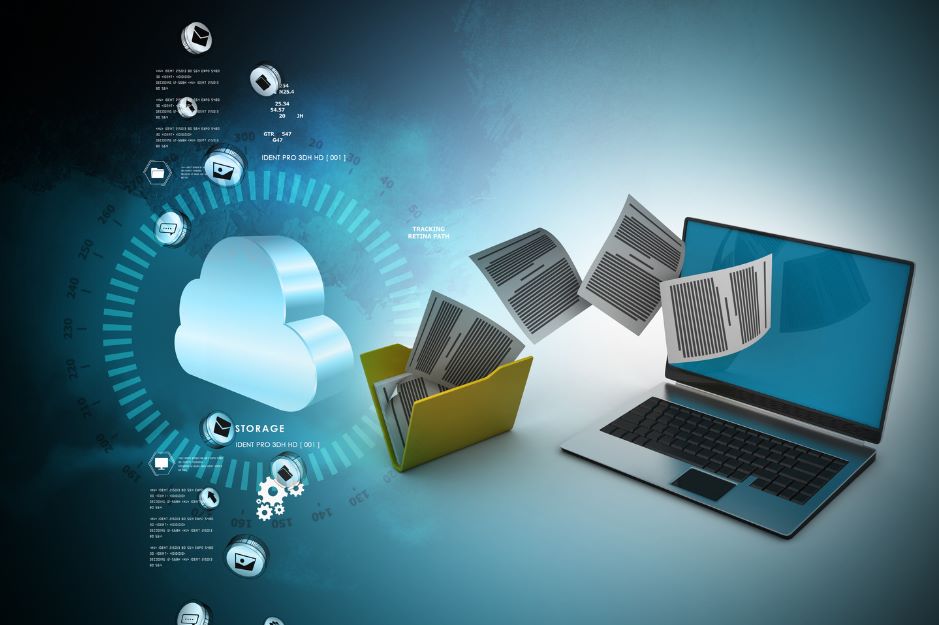In today’s digital age, data is the lifeblood of our interconnected world. Whether you’re streaming a movie, sending an email, or making a video call, data transmission speed is crucial. Have you ever wondered, “What determines the speed at which data travels?” This article delves into this fascinating topic, providing you with a comprehensive understanding of the factors that influence data transmission speed. From the basics to the complexities, we’ll navigate through this digital highway.
Factors Influencing Data Transmission Speed
Nature of the Data
The type of data being transmitted plays a significant role in determining its speed. Simple text data, such as email, travels faster than complex data, such as high-definition videos or large files. This is because complex data requires more time for encoding and decoding.
Network Bandwidth
Network bandwidth is like the width of a road – the wider it is, the more vehicles (data) can travel simultaneously. A high-bandwidth network can transmit data faster. If you’re on a shared network with many users, it can slow down your data transmission.
Distance
The physical distance between the sender and receiver impacts data speed. Generally, data travels faster over shorter distances. This is why you may notice a delay when connecting to a server in a different country.

Network Traffic
During peak hours or when many users are actively using a network, data may slow down due to increased network traffic. This is akin to traffic congestion during rush hour.
Network Latency
Latency refers to the time it takes for data to travel from the source to the destination. Lower latency networks result in faster data transmission. Fiber-optic connections have minimal latency and offer blazing-fast speeds.
Hardware and Equipment
The quality and capabilities of your hardware, such as your router and modem, can significantly affect data transmission. Up-to-date and high-quality equipment can improve data speeds.
Protocol and Compression
Data transmission protocols and compression techniques can impact speed. Advanced protocols like TCP/IP are optimized for reliable data transmission but may be slower. Compression can reduce the amount of data, leading to faster transmission.
Data Traffic Management
Network providers often employ traffic management to prioritize certain types of data, affecting the speed of your connection. For example, video streaming services might receive higher priority, resulting in smoother playback.
Interference and Obstructions
Physical obstructions, such as walls or electronic interference, can degrade Wi-Fi signals and slow down data transmission. Positioning your router strategically can help alleviate this issue.
Server Performance
The performance of the server hosting the data you’re accessing also matters. A well-maintained and high-capacity server can serve data faster.
What Determines the Speed at Which Data Travels
Understanding what determines the speed at which data travels is essential for optimizing your online experiences. By taking control of factors like your network, equipment, and data types, you can ensure faster and more reliable data transmission.
Frequently Asked Questions
Q: Can I improve data transmission speed on a slow network?
Yes, you can optimize your data transmission even on a slow network by upgrading your equipment, reducing interference, and using data compression techniques.
Q: Why is data slower over long distances?
Data travels slower over long distances due to the physical limitations of signal propagation. The farther the data must travel, the more time it takes.
Q: What’s the difference between latency and bandwidth?
Latency measures the delay in data transmission, while bandwidth measures the capacity or width of a network. Low latency and high bandwidth are both crucial for fast data transmission.
Q: Are there any software solutions to improve data speed?
Yes, certain software tools can optimize data transmission, such as network accelerators and bandwidth management software.
Q: Can network traffic management be a disadvantage for some users?
Yes, network traffic management can prioritize certain users or services, potentially slowing down others. This practice is known as net neutrality.
Conclusion
Data transmission speed is a critical aspect of our digital lives. Understanding the factors that influence it empowers you to make informed choices for a smoother online experience. By considering the nature of data, network characteristics, and other variables, you can take control of your digital journey. Remember, the next time you wonder, “What determines the speed at which data travels?” – you’ll have the knowledge to answer that question.












